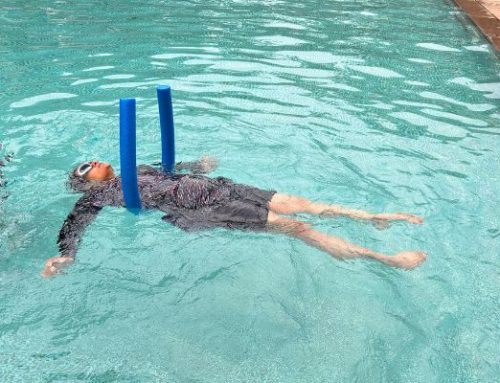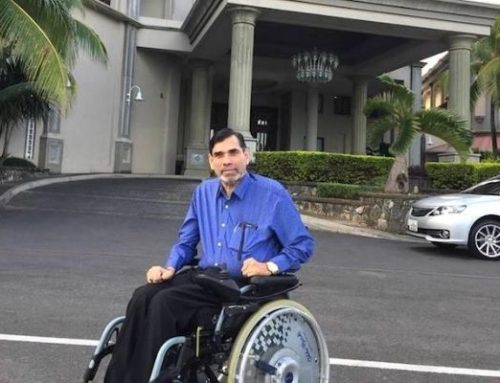“Understanding symbol of universal accessibility”
The symbol of a person sitting in a wheelchair is used across the world to indicate accessibility or services that could be of help to people with disabilities.
You are most likely to come across the symbols outside public restrooms, hotel rooms that are specially made for the disabled, reserved parking slots or entrances in buildings that have a ramp.
The video below summarizes the origins of this symbol and everything it stands for. If most of you associate this symbol of access with only people using a wheelchair, then you will find this video revealing.
Many people assume that accessible services are only for people who use a wheelchair or those who have a visible physical disability. But accessibility is a broad concept that applies to many different conditions that include autism, hearing impairment, and many other disabilities.
So the next time you see a healthy looking individual using a disabled restroom don’t jump to an immediate conclusion that they are taking undue advantage of these services.
Changing perceptions about the disabled
The team behind the Accessible Icon Project have proposed a modified symbol that depicts a wheelchair user leaning forward pushing their own chair.
This active stance showcases that people with disabilities are not just passive, sedentary beings, but rather active, independent members of society.
![]()
Pic credit: The Accessible Icon Project
For someone who is not directly impacted, changes in the symbol might seem insignificant. But it is definitely a huge step that will impact the way people with disabilities are perceived.
What makes the day, year and life of people with disabilities is the moments of independence when we are able to do something by ourselves, when others expect more from us and not disregard us as a piece of furniture capable of only sitting in one position, and these add-on to the encouragement required to do more and be more.
Widespread adoption of this new symbol of access is long overdue.




